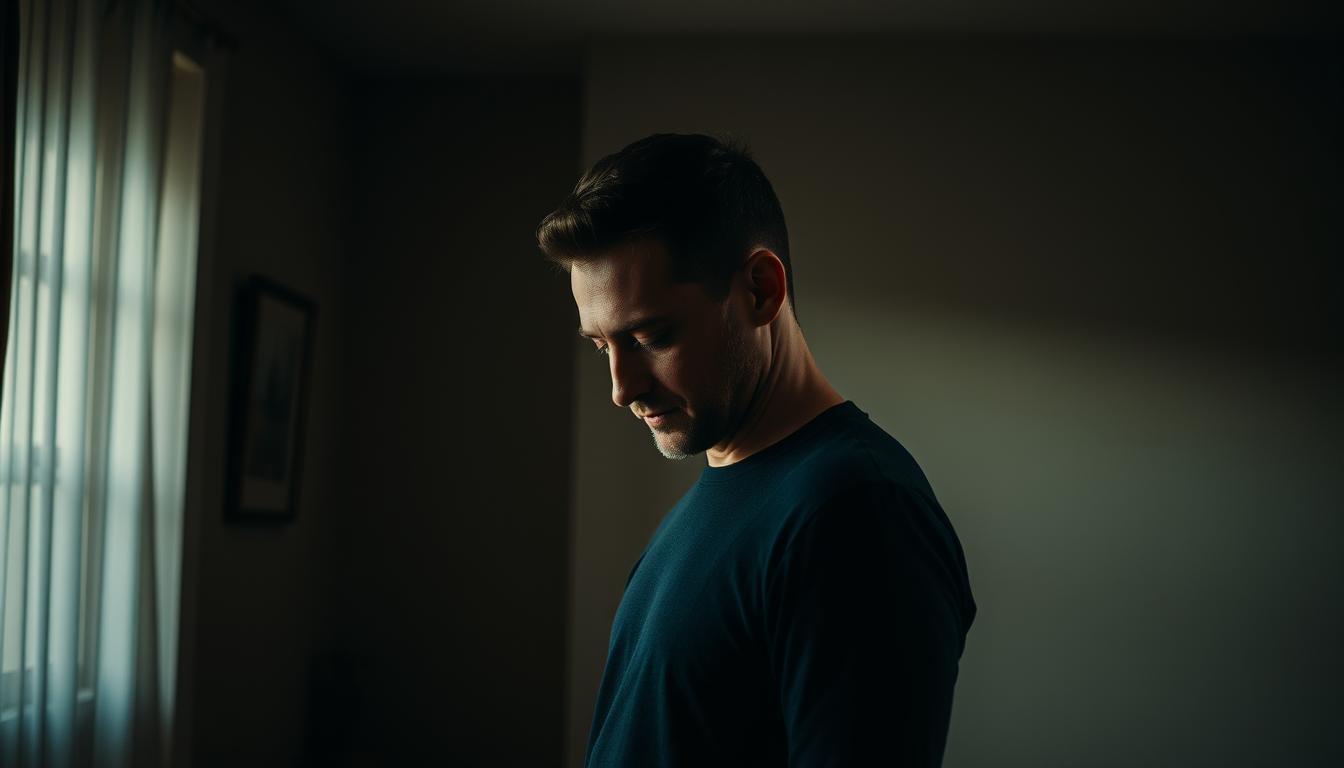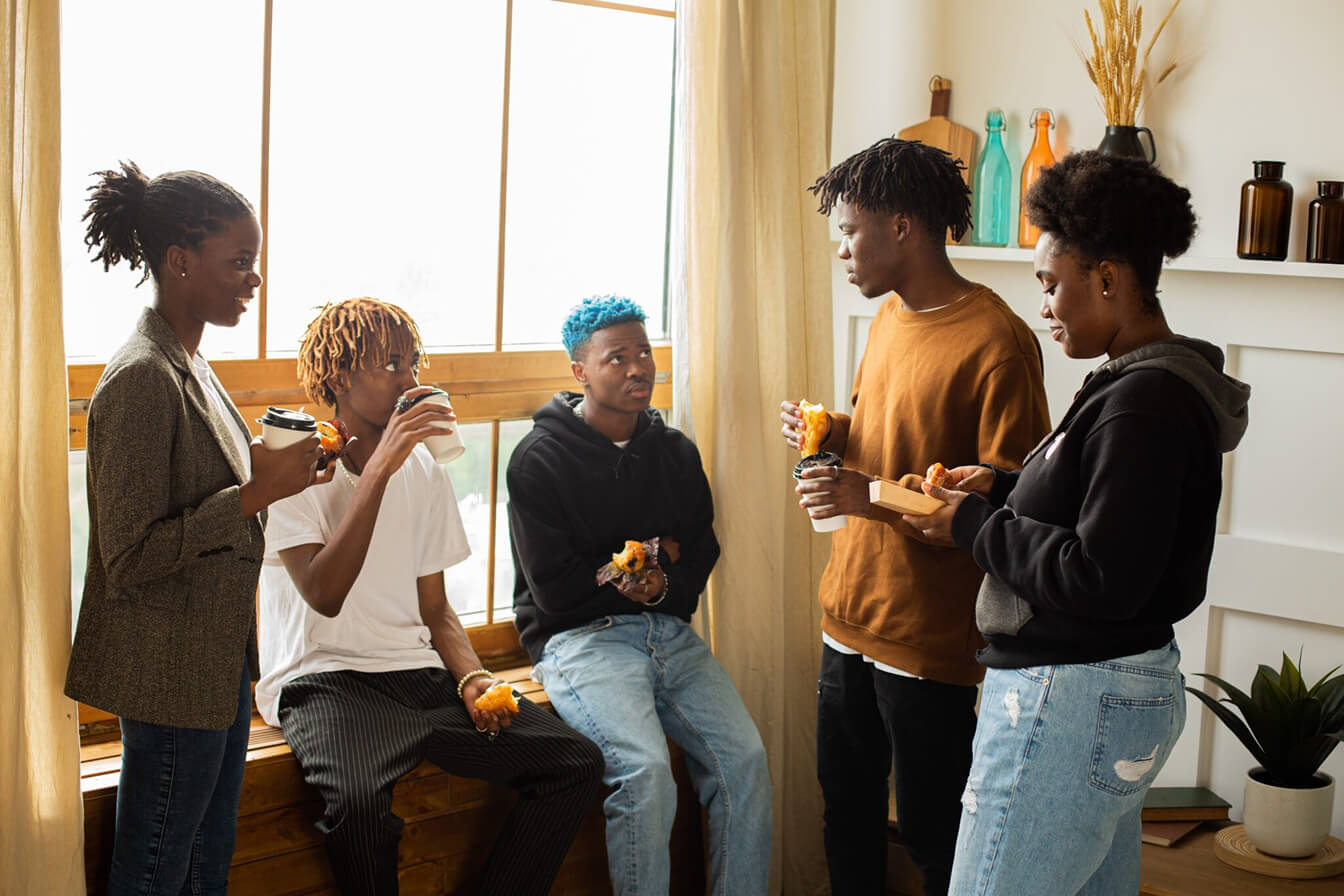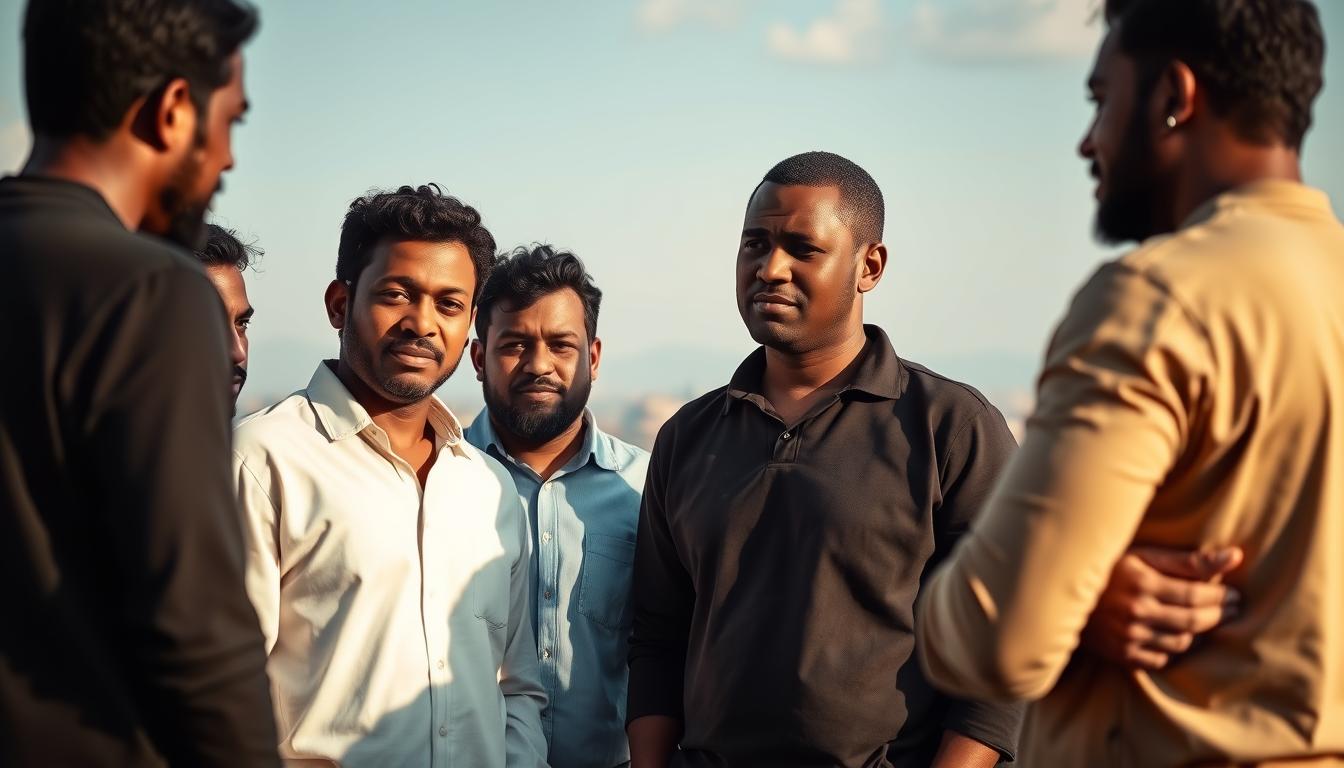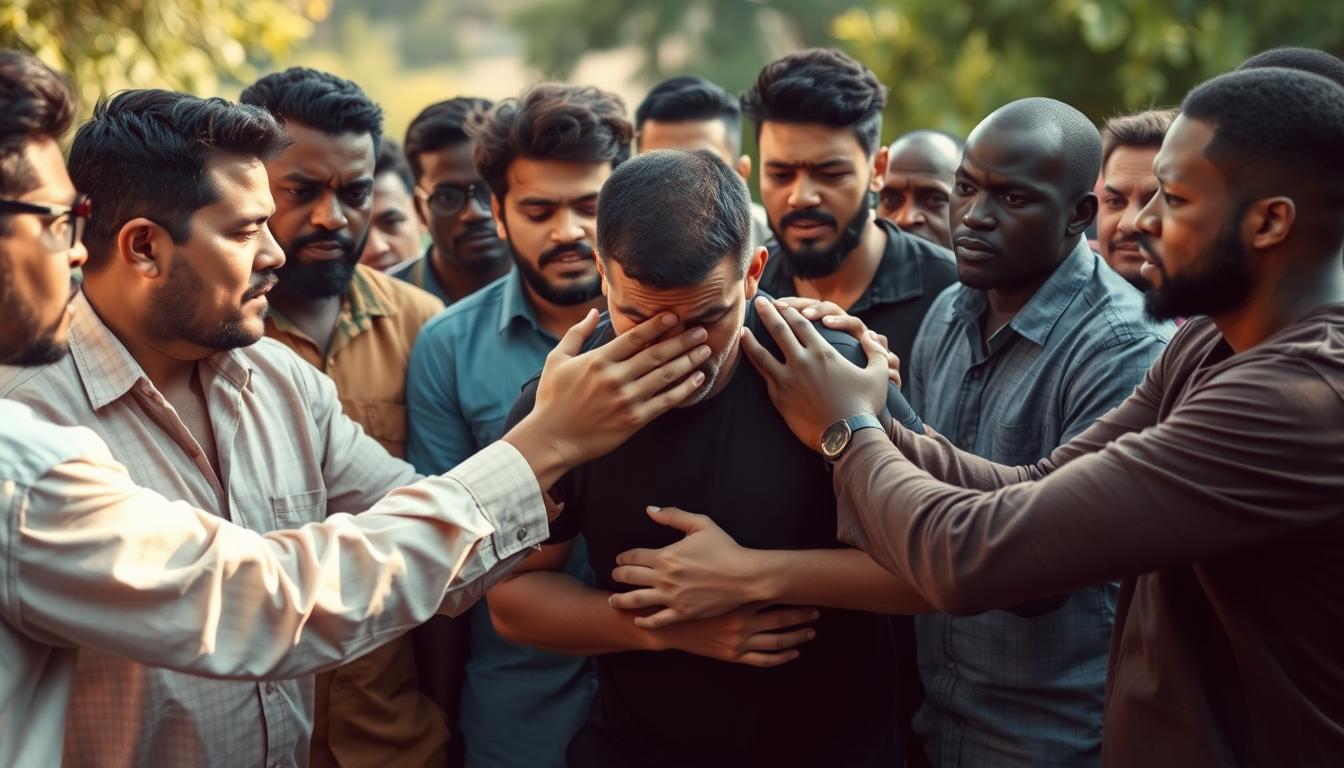When we witness violence, staying silent can be just as harmful as the act itself. A culture of violence thrives when we fail to address it, allowing harmful behaviors to become normalized.
Understanding the complexities of this issue is crucial. By exploring the culture that enables violence, we can begin to challenge it effectively.
This article will delve into the impact of silence on perpetuating violence and discuss ways individuals can make a difference by challenging the status quo.
Understanding the Culture That Enables Violence
The normalization of violence in society is a multifaceted issue, deeply rooted in various psychological, social, and cultural factors. To challenge this culture, it’s essential to understand the underlying dynamics that enable violence.
The Patterns of Normalized Violence in American Society
Normalized violence refers to the behaviors or acts that are perceived as acceptable or are trivialized within a community, often leading to a desensitization towards violence. In American society, this can manifest in various forms, such as:
- Media representation: The portrayal of violence in media can contribute to its normalization.
- Social norms: Certain behaviors are tolerated or encouraged within social groups.
- Cultural narratives: Historical or cultural narratives can perpetuate violence or aggression.
For instance, a study highlighted that exposure to violent media can increase aggressive thoughts and behaviors in individuals.
The Critical Role of Bystanders in Perpetuating Cycles
Bystanders play a significant role in either perpetuating or challenging the culture of violence. The bystander effect, a phenomenon where individuals fail to act in situations where harm is occurring, is a critical factor.
“The bystander effect is not just about the absence of action; it’s about the presence of inaction in the face of harm.”
Psychologist on the bystander effect
The psychological barriers to intervening, such as diffusion of responsibility and pluralistic ignorance, contribute to the bystander effect. Understanding these factors is crucial for developing strategies to overcome them.
Silence Is Complicity: How Inaction Perpetuates Harm
Inaction in the face of violence is not neutrality; it’s complicity. When individuals choose not to speak up against violence, they inadvertently contribute to a culture that enables harm.
The decision to remain silent is often influenced by various psychological barriers. Fear of retaliation, social exclusion, or being ostracized can be significant deterrents. As
“The ultimate measure of a man is not where he stands in moments of comfort and convenience, but where he stands at times of challenge and controversy.”
by Martin Luther King Jr. highlights the importance of standing up against injustice, even when it’s challenging.
The Psychological Barriers to Speaking Up
Several psychological factors contribute to the reluctance to speak up against violence. These include the bystander effect, where individuals assume others will take responsibility, and the diffusion of responsibility, where the presence of others diminishes an individual’s sense of personal responsibility.
- Fear of social exclusion or retaliation
- Diffusion of responsibility among bystanders
- Lack of confidence in one’s ability to make a difference
Understanding these barriers is crucial to empowering individuals to overcome them and take action against violence.

The Far-Reaching Consequences of Collective Silence
The consequences of collective silence in the face of violence are profound. It not only emboldens perpetrators but also leaves victims feeling isolated and unsupported. Collective silence can lead to a normalization of violence, making it seem acceptable or inevitable.
As the consequences of inaction become more apparent, it becomes clear that speaking up against violence is not just a moral imperative but also a necessary step towards creating a safer, more just society.
Finding Your Voice: Practical Ways to Speak Up
Finding the courage to speak up is the first step in challenging the culture that enables violence. When individuals feel empowered to voice their concerns, they contribute to a broader movement towards positive change.
Safe Intervention Strategies
Intervening in situations where violence or injustice is occurring requires careful consideration. It’s essential to prioritize both your safety and the safety of those involved.
- Assess the situation: Determine the level of risk and the best course of action.
- Support the victim: Provide comfort and assistance to those affected.
- Seek help: Involve authorities or other support systems as needed.
Safe intervention is not about putting yourself in harm’s way but about taking thoughtful and effective action.
Supporting Victims and Survivors
Supporting those who have been affected by violence or injustice is crucial. It involves providing emotional support, connecting them with resources, and advocating on their behalf.
| Support Method | Description |
|---|---|
| Emotional Support | Listen and provide comfort without judgment. |
| Resource Connection | Help victims access counseling, legal aid, and other services. |
| Advocacy | Stand up for victims’ rights and interests. |
By supporting victims and survivors, we help them heal and rebuild their lives.
“The best way to take care of others is to first take care of yourself.”
Unknown
Challenging Harmful Narratives
Challenging harmful narratives involves questioning and changing the attitudes and beliefs that perpetuate violence and injustice.
- Educate yourself: Understand the issues and their impact.
- Speak up: Challenge harmful comments or behaviors when you encounter them.
- Promote positive narratives: Share stories and information that counter harmful narratives.
By challenging harmful narratives, we can create a more inclusive and supportive environment.
From Bystanders to Upstanders: Building a Culture of Accountability
Creating a culture of accountability requires a collective effort from individuals and communities. By working together, we can shift from a culture that enables violence to one that promotes action and responsibility. This transformation begins with recognizing the critical role each person plays in perpetuating or preventing harm.
Building an upstander culture involves empowering individuals with the knowledge and skills to safely intervene in harmful situations and support those affected. It also requires challenging narratives that perpetuate violence and promoting a culture of accountability. By doing so, we can foster a society where individuals feel responsible for the well-being of others and are motivated to take action.
As we strive to build this culture, it’s essential to acknowledge the progress made by communities and organizations that have successfully implemented initiatives promoting accountability. By learning from these examples and continuing to work together, we can create a society that values the safety and dignity of all individuals, ultimately building a culture of accountability.




